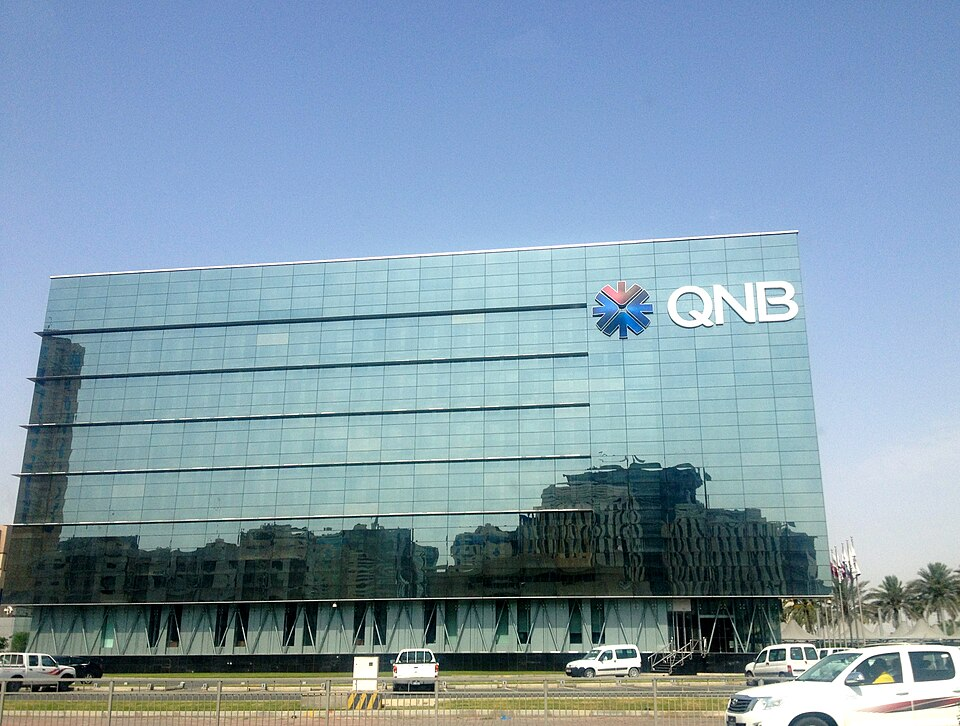QNB has cautioned that the surge in US tariffs is creating a powerful drag on economic growth, as rising prices weigh on household spending while higher costs and uncertainty discourage production and investment.
In its latest assessment, QNB noted that the US effective tariff rate has climbed to 18.2%, the highest level since 1933. Such elevated tariffs, combined with likely retaliatory measures from other countries, are expected to act as a heavy tax on imports, raising costs across supply chains and weakening competitiveness.
According to QNB, the inflationary impact of tariffs is significant, estimated between 0.4 and 2 percentage points. While importers and foreign producers absorb part of the burden, higher consumer prices are eroding household purchasing power and reducing consumption.
On the production side, QNB emphasized that elevated tariffs disrupt supply chains, drive up input costs, and increase political uncertainty. These factors have led to sharp cuts in US growth forecasts, with consensus projections for GDP growth this year falling to 1.5% from 2.2% before the new tariffs were imposed.
Although tariff revenues may provide short-term fiscal gains, potentially reaching $2.3 trillion by 2035, QNB warned that broader negative effects on investment, consumption, and overall growth could offset these benefits. The report concluded that tariffs are likely to remain a persistent headwind for the US economy.

